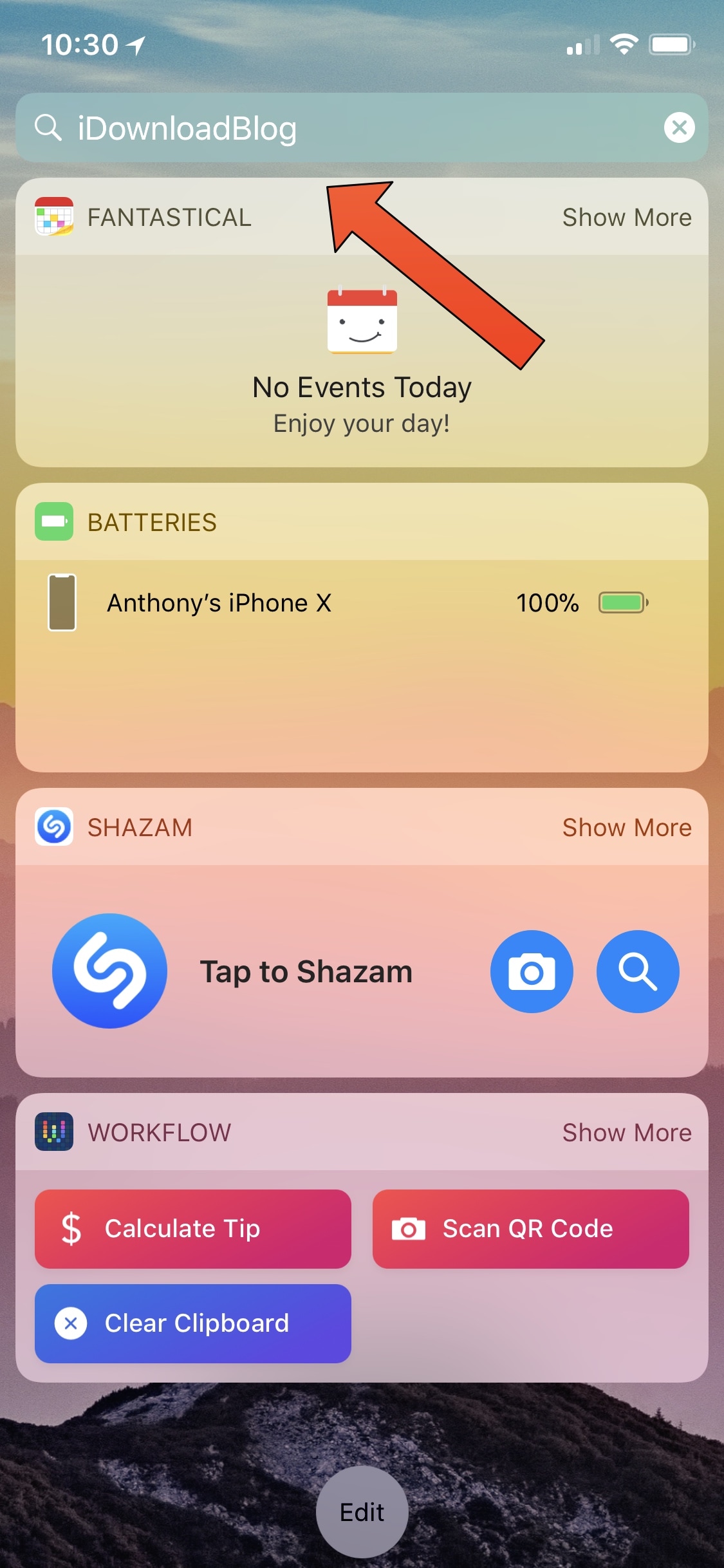

- Putting easyfind next to spotlight in menu bar install#
- Putting easyfind next to spotlight in menu bar archive#
- Putting easyfind next to spotlight in menu bar pro#
- Putting easyfind next to spotlight in menu bar software#
- Putting easyfind next to spotlight in menu bar password#
Home users can set up Tailscale to access all their own devices, but now can also choose to share access with a device in particular.

In the Tailscale admin console choose a device and send a share link to someone, they then will see this devices in their device list as shared. The concept is you are authenticated to your devices and can see in the Tailscale app all the IPs to connect to, but what if you could share one device (computer, server, NAS) with another person? Well, now you can. sudo yum-config-manager -add-repo Ī small, but very exciting, feature was added part way through my testing of Tailscale which made it infinitely more awesome, shared devices. Add a yum repo, install, tailscale, and then bring the service up. Installing Tailscale on CentOS was super simple. And a huge shout out for their great documentation. And what about playing back some of the video files via VLC on your iPhone! Or Files.app! Yes, to all the above. the Jellyfish works well on premise, but wouldn’t it be nice to capture camera cards to the remote storage server via Tailscale? Oh yes it would.
Putting easyfind next to spotlight in menu bar pro#
In my case a Jellyfish which has a ZFS volume shared over direct 10GbE for Final Cut Pro video editors using nfs or smb. I have also installed and tested Tailscale on a Linux (CentOS) storage server. Once the above command is run you will get a link to a website to authenticate the device with your account. In one case I didn’t have SSH enabled on the remote unit so I remoted into a Mac on the same network, enabled an admin user, turned on ssh with a time limit on the account, and then logged in. To enable it you will have to have ssh on, a user with permission to use it, and one command to type.
Putting easyfind next to spotlight in menu bar install#
Download the app then side load it (manual install in package center). To install the Synology Tailscale package check out this GitHub page.
Putting easyfind next to spotlight in menu bar archive#
Using Tailscale I can now have a P5 server set up on one Synology NAS connecting to the Tailscale IP of other remote units and it can easily backup, sync or archive the data from the various locations.

Putting easyfind next to spotlight in menu bar password#
I had to open a port on my firewall to let in the ssh / rsync traffic through and despite a strong set of firewall rules with a geo block there were still connection failures and password attempts. After setting up a few to sync one location to another I was constantly getting notifications of IPs being blocked on my firewall. Synology has a lot of great built-in tools to make this happen and a very robust quick connect feature combined with ddns, and let’s encrypt certificates to support it. With remote work using a NAS is a great way to sync data between locations. Having Tailscale installed in all the Synology NAS I manage in various physical locations allows me to securely connect to all of these NAS from anywhere. And MunkiReport doesn’t need Munki specifically, so if Tailscale is installed for remote control why not report on everything else.ĭSM Package Center: Tailscale (and Archiware P5) app on Synology NAS
Putting easyfind next to spotlight in menu bar software#
MunkiReport allows me to detect malware (with DetectX plugin) or check on backup jobs with Archiware P5 backup software (using a module I wrote) or a multitude of other diagnostics such as disk space free, apps installed, and all kinds of great hardware and software metrics. I use Munki and MunkiReport to manage Macs and having Tailscale allows me to securely connect endpoints to the server without opening up ports on my router. All the other software I tried was much less awesome.Īfter using Tailscale mainly for remote control, I tested Tailscale to securely connect my remote Macs to my own MunkiReport server. I had used a variety of remote control for business services and well, Tailscale is easier, quicker and much more awesome. The real test for me was to install Tailscale on some backup servers I manage to make it more secure and more convenient to access them. When you’re in the same network it’s impressive, but when you’re on a different network, separated far away, It’s magic. Use this to connect with app such as Secure shellfish for SSH or VNC viewer for remote login. Click on your Mac and the IP will be copied into the clip board. For example, on your iPhone open the Tailscale app and see your installed devices. Once you are signed in and have your IP address you can connect easily between devices. To start, download Tailscale on your Mac or iPhone then find your IP address.


 0 kommentar(er)
0 kommentar(er)
